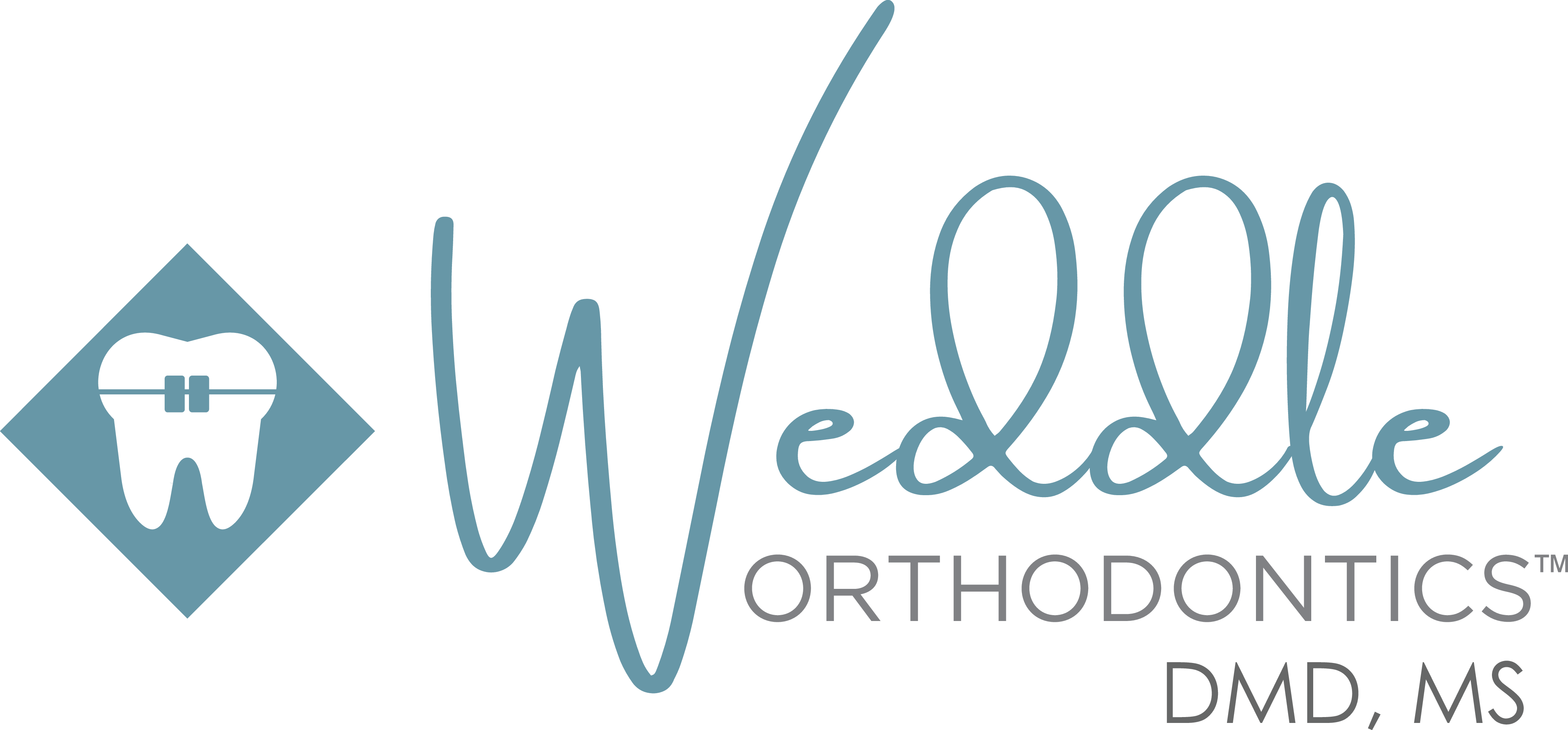Early Treatment
Early Orthodontic Treatment
Though you may not think that your youngster’s teeth would require treatment at this age, starting treatment early can provide better results and less time and expense. A thorough examination around age seven can assist the orthodontist in diagnosing problems sooner.
It is important to understand that early evaluation doesn’t always equal early treatment. If, following the initial examination, it is determined that orthodontic work is necessary, your child’s growth patterns will be monitored until it is the most ideal time for treatment to start. That will provide a more efficient way to obtain the best results as well as a more timely detection of future problems.
Kids can benefit from visiting an orthodontist early in several ways. Though there are differences in each child’s development, in most youngsters the first adult molars will typically emerge by around age six, establishing the backbite. Combined with various other developmental markers, the orthodontist will have a better idea of the basic alignment of the teeth, front to back and side to side. At this stage, it is often possible to determine whether the mouth will have adequate room for all of your child’s permanent teeth, and, if necessary, to take action.
WHEN EARLIER TREATMENT IS BETTER
Typically, common orthodontic treatment begins around ages 9-14, which is when the baby teeth are gone and many permanent teeth are in place. A few more severe conditions are better treated at an earlier age, when your child’s growth processes are going full speed ahead.
One such case is severe crossbite, which means that the upper teeth close inside the lower teeth. In this instance, treatment may involve using a device known as a palatal expander. The expander will widen the upper jaw, painlessly and gradually. This option is particularly effective when the jaw isn’t fully developed and should be done at a prudent time to prevent more complicated treatment – or even oral surgery – to correct the problem.
Severe crowding, which occurs when the jaws are too small to accommodate all of the permanent teeth, is also an issue which may benefit from early treatment. Palatal expansion may be used in this condition as well, or tooth extraction, which helps the adult teeth to erupt properly. At times, braces are required later, but treatment time should be less complicated and of a shorter duration.
Problems such as protruding teeth (especially in front) and a severe underbite (lower jaw growing larger than upper jaw) may be best resolved with early intervention. Protruding teeth can result in chipping and fractures, and may negatively affect a child’s self-image. Because the youngster’s development is in full swing at this point, the use of orthodontic appliances, such as braces and headgear, may successfully correct the problems.

